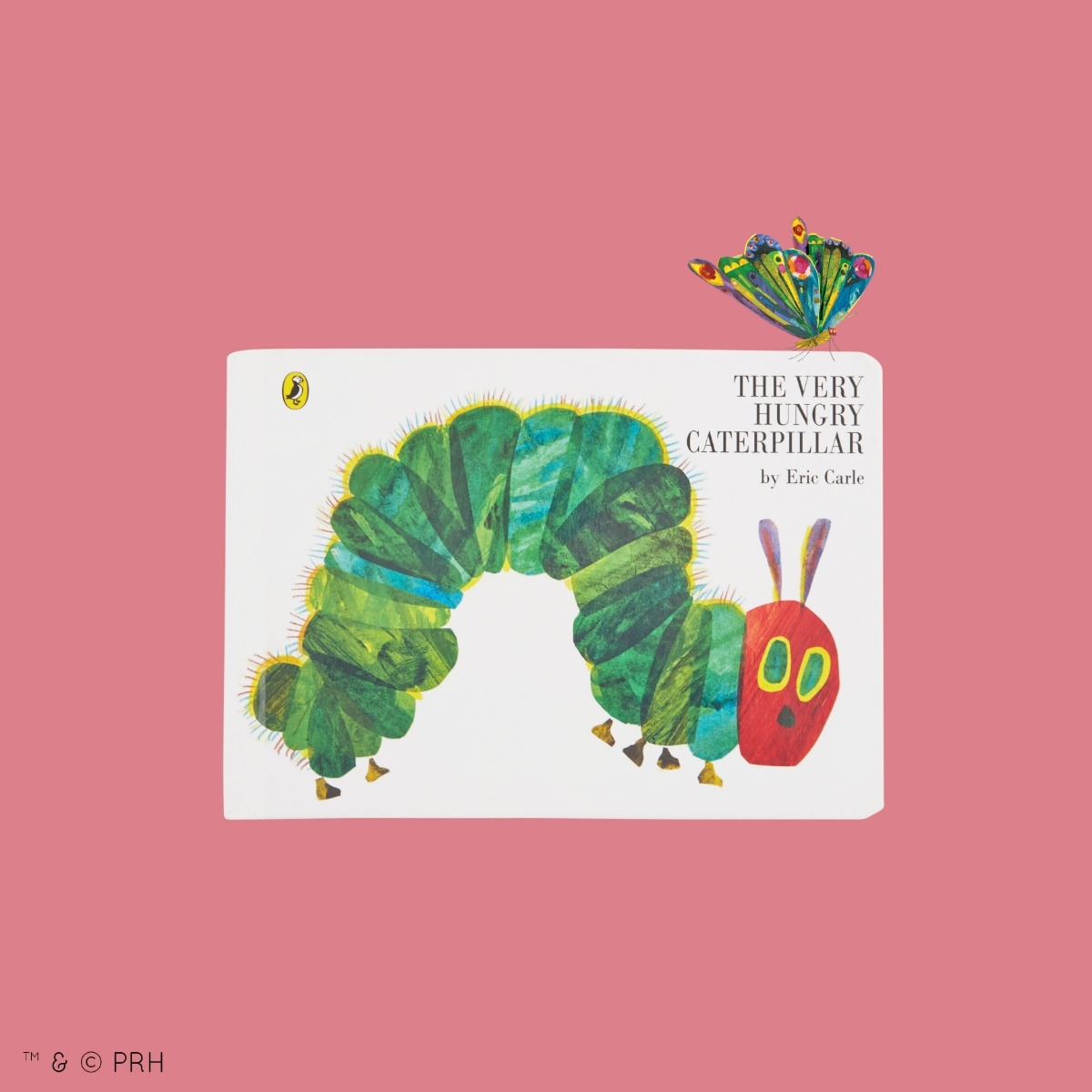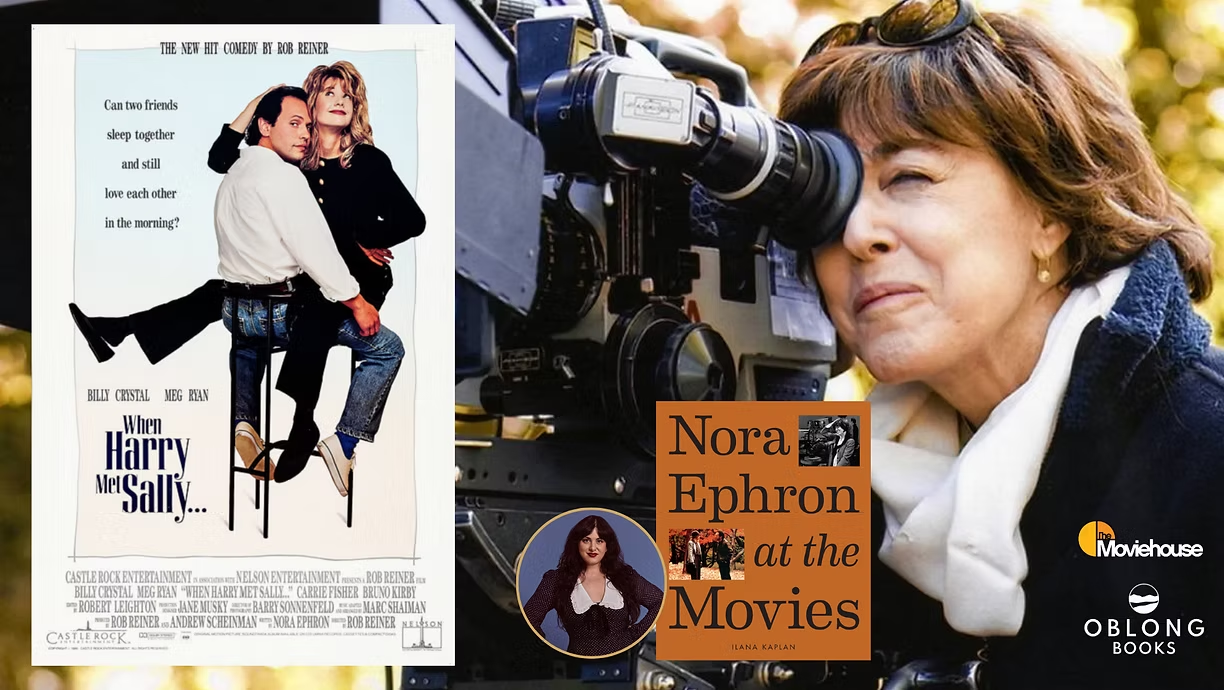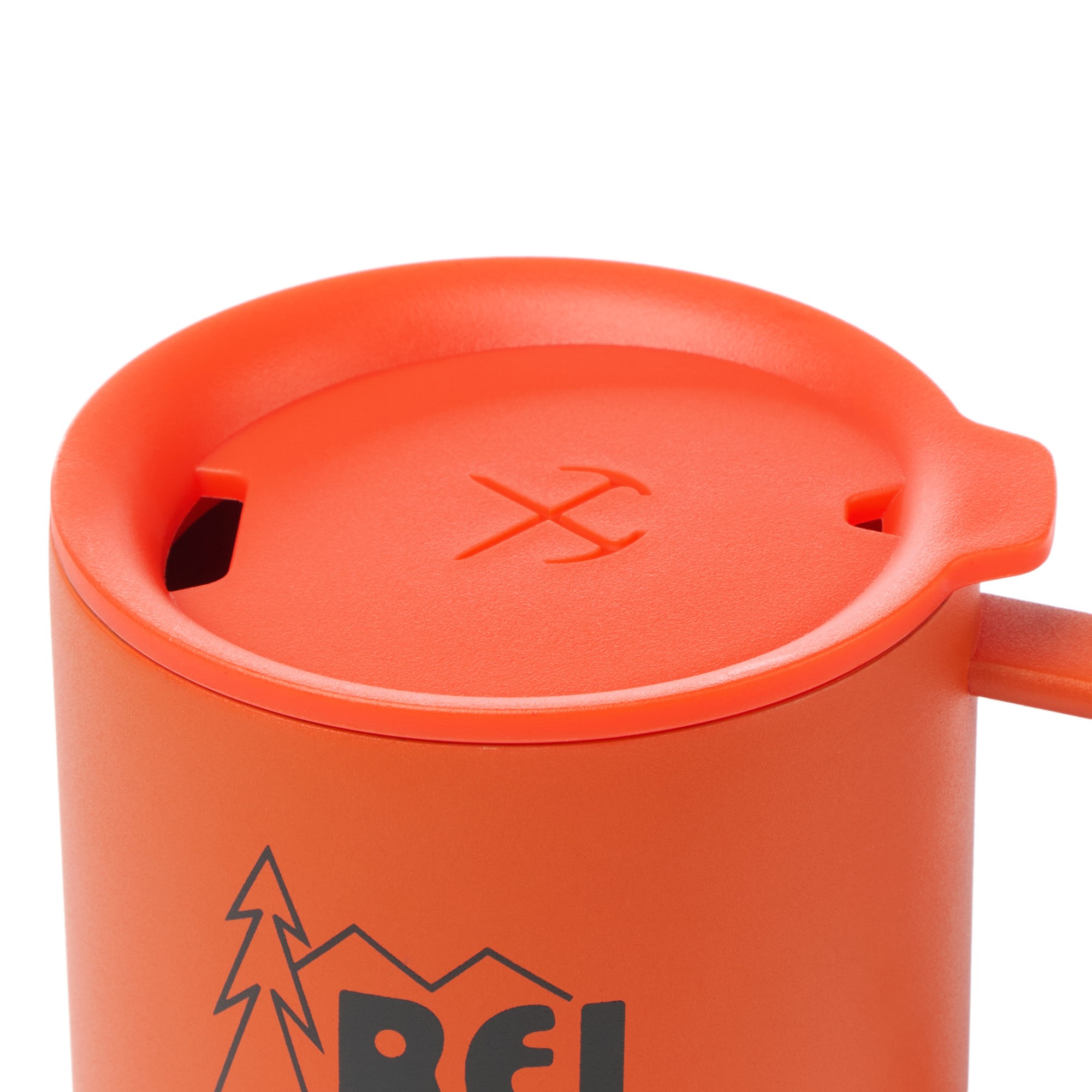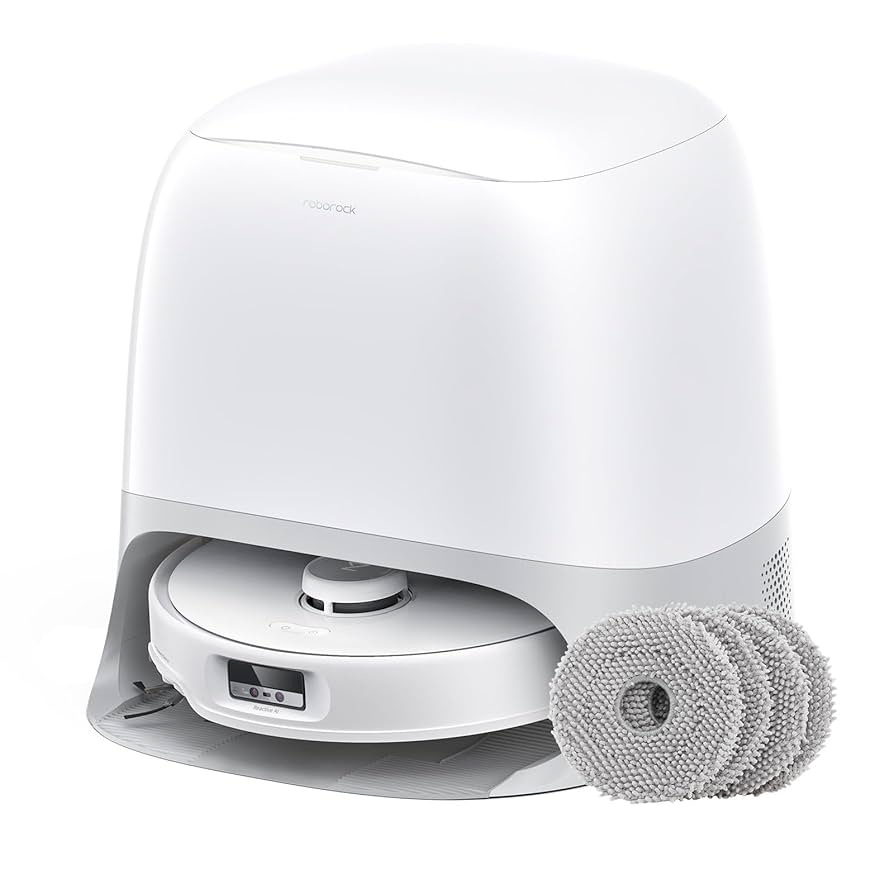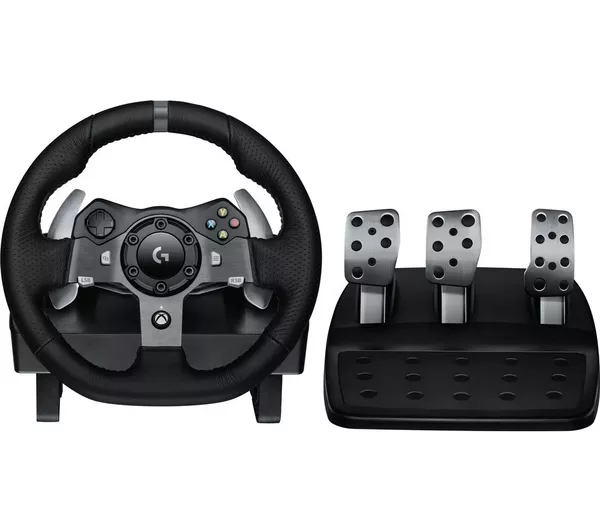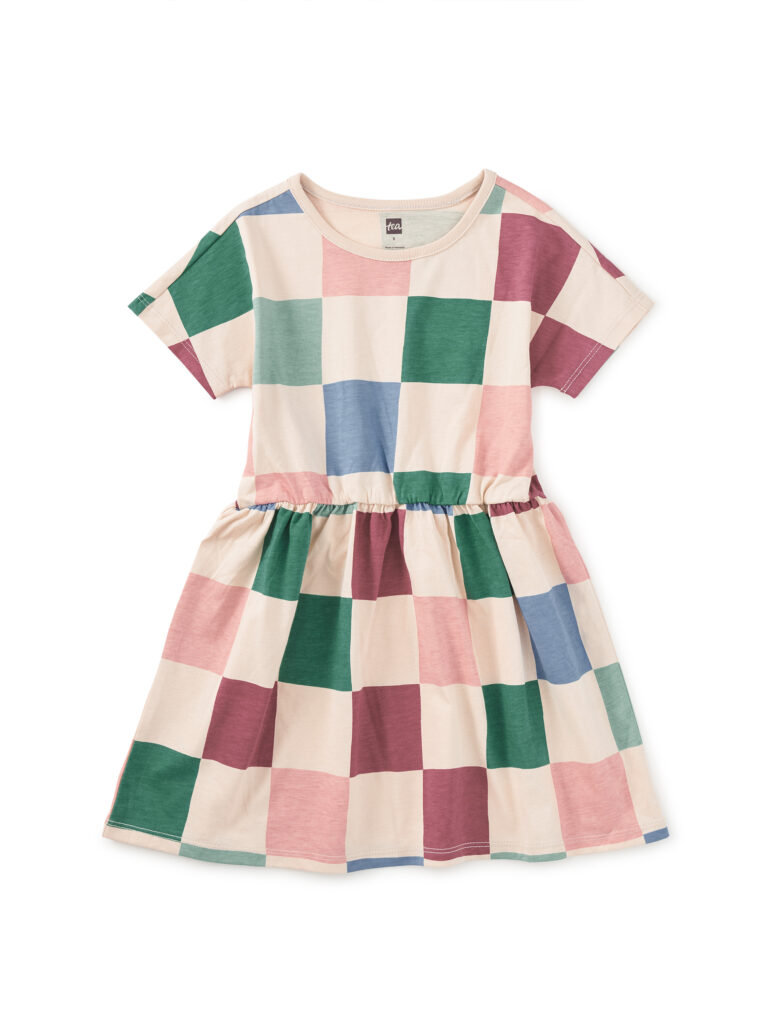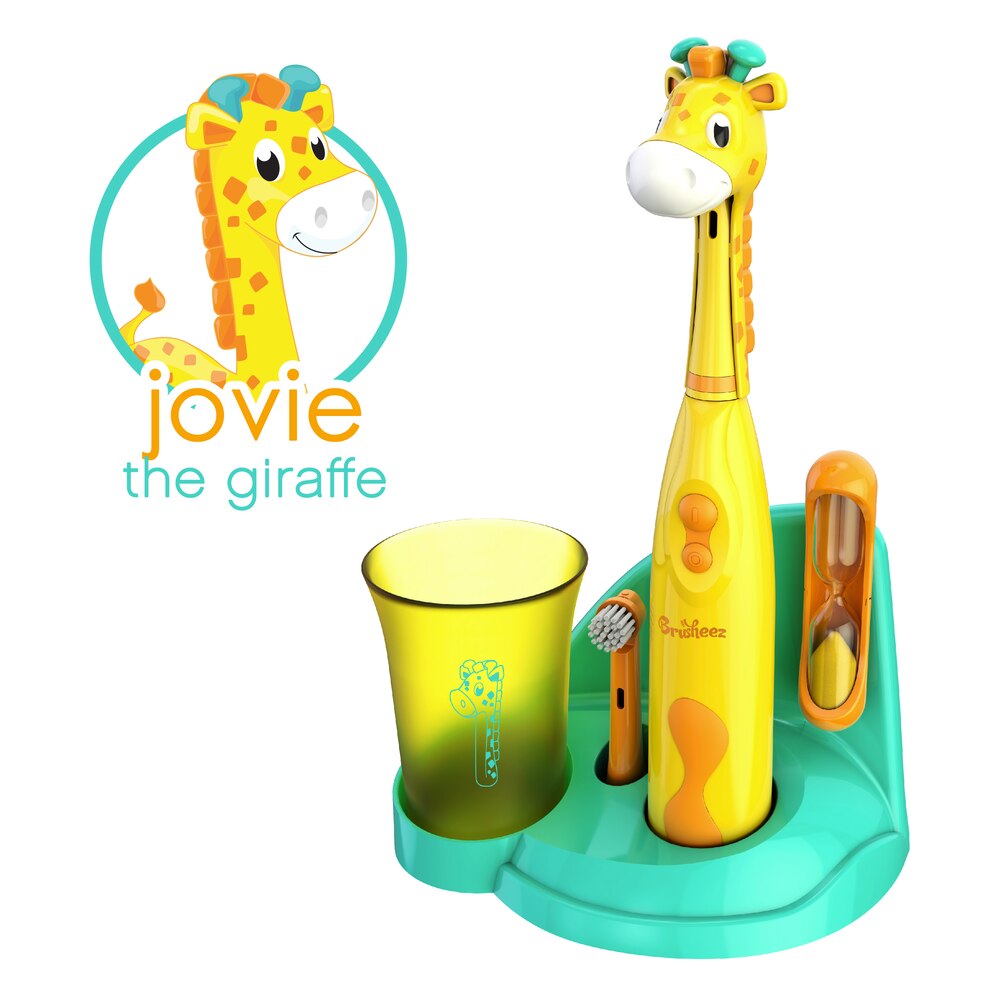Bedtime gets chaotic fast—drinks to fetch, PJs to find, and a small human who’s suddenly “not tired at all.” In this article, we’ll show you how to turn those wiggly minutes into the best ten of your day using the The Very Hungry Caterpillar Hardback Book. In this article, you’ll learn an easy reading ritual, conversation prompts that spark language growth, hands-on activities (zero glitter required), and sweet keepsake ideas that make this classic feel brand new every time.
Shop The Very Hungry Caterpillar Hardback Book
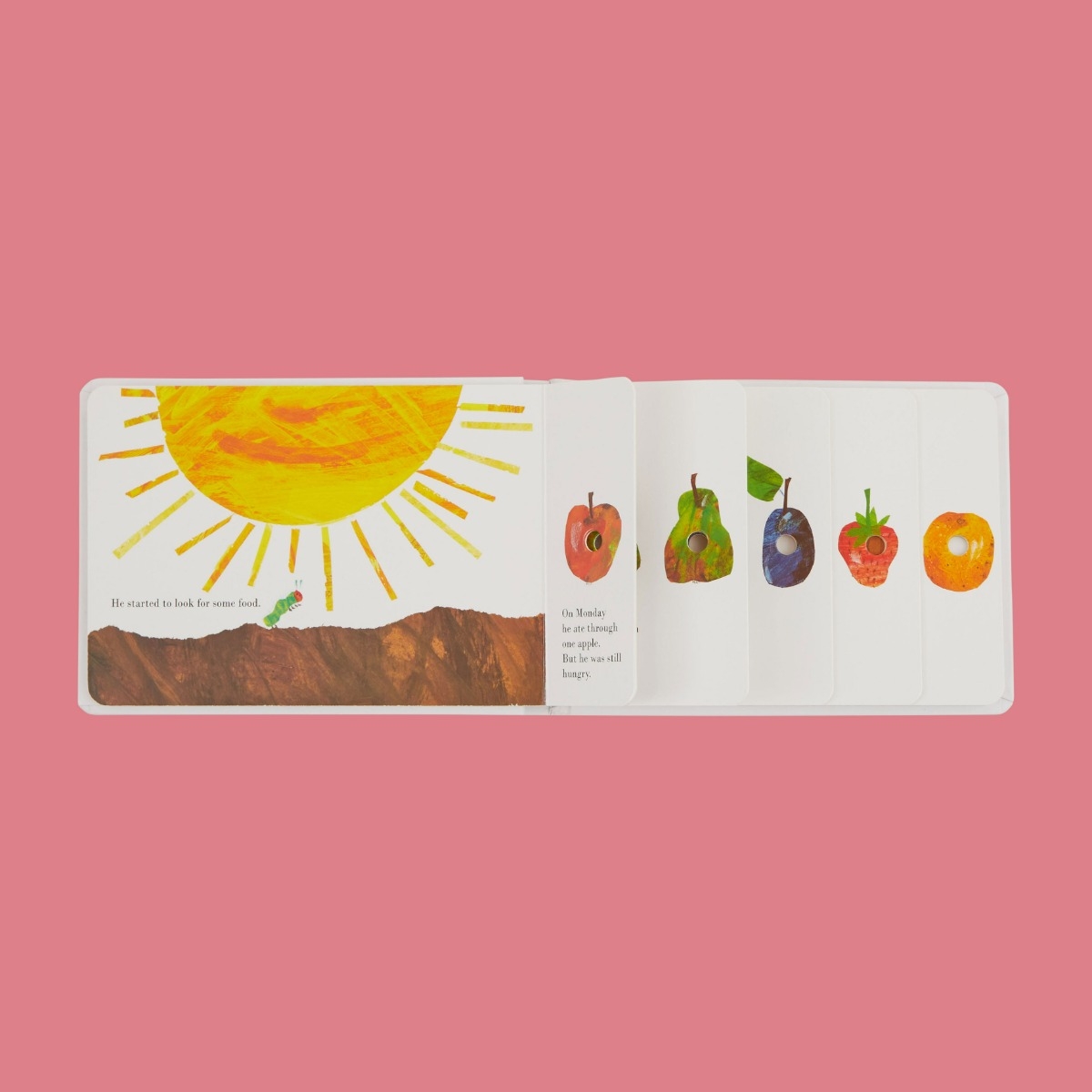
Why This Classic Works (Again and Again)
There’s a reason the The Very Hungry Caterpillar Hardback Book lives on thousands of nursery shelves. It’s bright, tactile, and brilliantly structured for little brains: a simple narrative arc (hatch → eat → cocoon → butterfly), rhythmic repetition (days of the week), and effortless counting practice (one apple, two pears…). The art invites finger-tracing; the predictable pattern invites chiming in. Best of all, the story offers an emotional landing—growth happens slowly, then all at once, which is basically childhood in a sentence.
Your 7-Minute Read-Aloud Ritual (Calm, Cozy, Repeatable)
Ritual >>> randomness. Try this tiny blueprint:
- Start signal (30 sec): Lights down a notch, one deep breath together. “Story begins when the caterpillar hatches.”
- First pass (4 min): Read straight through. Use your finger to track left-to-right and pause half a beat on each food to let little eyes scan.
- Second pass (2–3 min): Flip back and let your child “read” the food pages with you—point, count, and echo. End with a soft “Goodnight, butterfly.”
Repeat this cadence nightly and watch participation blossom. Kids love knowing what’s coming next—it turns reading into a safe, snuggly habit loop.
Shop The Very Hungry Caterpillar Hardback Book
Tiny Prompts, Big Language Gains
You don’t need a worksheet; you need the right questions. Sprinkle in one or two per night:
- Prediction: “What do you think he’ll eat next?”
- Sequencing: “What came first—apple day or pear day?”
- Math talk: “How many holes can you count in the plum page?”
- Feelings: “Do you think the caterpillar felt too full? What does that feel like in your tummy?”
- Vocabulary: “This cozy thing is called a cocoon. Can you whisper ‘co-coon’?”
These micro-prompts stretch attention and vocabulary without breaking the bedtime vibe.
Learning Goals by Age (Use What Fits, Skip the Rest)
- Babies (0–12 months): Contrast and cadence. Let them pat the pages. Name colors and foods with sing-song repetition.
- Toddlers (1–2 years): Point-and-name, short counting bursts to three, simple choices: “Do you see the strawberry or the orange?”
- Preschoolers (3–4 years): Full counting sets (to five, then ten), days of the week, and the butterfly life cycle.
- Early readers (5+): Letter hunt (C for caterpillar), sight words (the, a, on), retell in their own words.
The The Very Hungry Caterpillar Hardback Book grows with your child; you just dial the prompts.
Turn Pages Into Play (No Craft Store Run Needed)
- Snack sort: Place apple/pear/berry snacks in bowls. As you read, your child “feeds” the caterpillar (their mouth!). Counting + fine motor + giggles = yes please.
- Sock cocoon: Wrap a plush caterpillar (or rolled sock) in a scarf cocoon before the last page. “Wait for the metamorphosis!” Unwrap to reveal a paper-wing butterfly.
- Window wings: Tape coffee-filter “wings” colored with washable markers to a sunny window; mist with water and watch the colors blend—instant stained glass.
- Footprint butterfly: Trace both feet on paper, heels touching, to make wings. Date it. Next year, repeat. Growth you can see.
Shop The Very Hungry Caterpillar Hardback Book
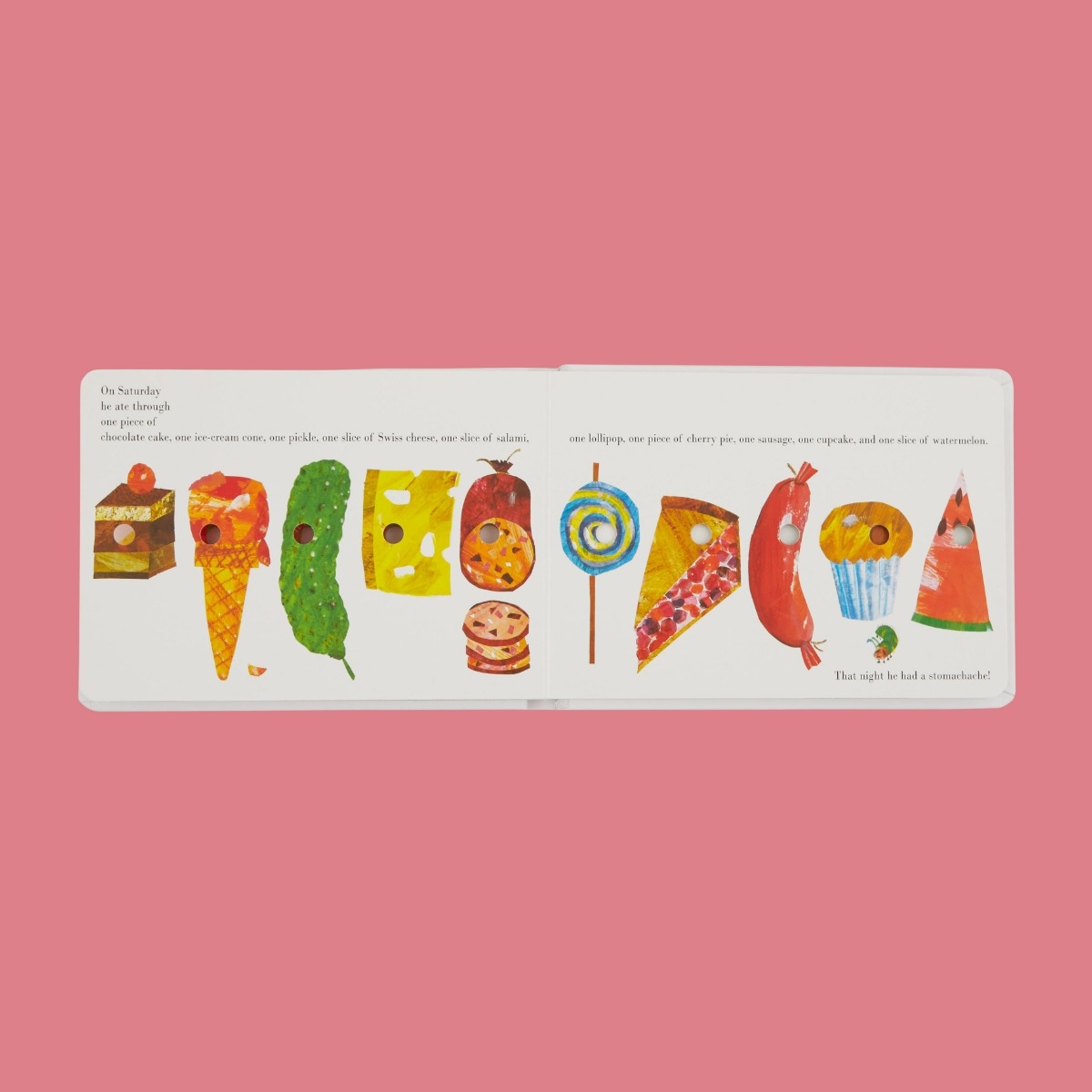
Five-Day Mini Unit (If You Like Structure)
- Monday — Colors & Counting: Sort blocks by color; count to match the fruit on each page.
- Tuesday — Days of the Week: Make a paper “week train”—one rectangle per day. Add a tiny drawing of the food you read about.
- Wednesday — Science Light: Watch a short video of a real butterfly emerging; compare steps to the book.
- Thursday — Move & Groove: “Caterpillar crawl” races across a rug; “butterfly float” dance back.
- Friday — Author Style: Paint with big, flat brush strokes inspired by the illustrations—wide swaths, layered colors, simple shapes.
Reading Tips for Wiggly Kids
Embrace motion: give a “busy job.” “Your job is to tap the page every time we see a hole.” Or pass a small felt “caterpillar” back and forth on each food page. Movement doesn’t spoil storytime; it powers it. Keep your voice playful and slow—fast reading speeds up bodies; slow reading melts shoulders.
Dialogic Reading, Made Unscary
Try PEER (Prompt, Evaluate, Expand, Repeat):
- Prompt: “What is the caterpillar doing?”
- Evaluate: “Yes, eating.”
- Expand: “He is nibbling a strawberry.”
- Repeat: “Can you say ‘nibbling a strawberry’?”
Two cycles per night = huge gains over a month, and it still feels like cuddling, not class.
Build a Keepsake Without Extra Clutter
Slip a postcard inside the The Very Hungry Caterpillar Hardback Book as a bookmark. Each month, write the date and one “quote of the night.” (“He too full, Mama!”) In a year, you’ll have a timeline of language and personality. That’s family gold in 2 minutes per month.
Shop The Very Hungry Caterpillar Hardback Book
Bilingual & Multilingual Families: Double the Magic
Read the story in your home language first; do a quick picture walk in English after. Or translate the food words while keeping the rhythm intact. Kids learn that stories are portable across languages—and they pick up cross-language links like “caterpillar/гусениця/ormiga de seda” (use your actual language, of course).
Gentle Social-Emotional Threads to Tug
- Impulse control: The “stomach ache” page is a natural cue to talk about pace: “Too much, too fast makes tummies sad.”
- Growth mindset: From tiny egg to bright butterfly—remind your child, “You’re growing new skills every day, just like our caterpillar.”
- Mind-body link: Hand on tummy while reading the “full” page; hand on heart on the butterfly page. Words meet sensations.
Quick Troubleshooting
- “Again!” fatigue: Offer a choice board: three favorite spreads; the child picks one “fast read,” then you do a full read tomorrow.
- Page chewing/tearing (toddlers): Keep a teether nearby and model gentle page-turns: “Slow wings.”
- Sibling squabbles: Assign roles—one is the page-turner, one is the counter, then switch.
Why the Hardback Format Helps
Hardback means durable hinge, flatter lay, and a page weight that stands up to repeated point-and-count. It also feels ceremonial in little hands—like “a real book”—which increases care and focus. Keep it shelved at kid height; what they can reach, they’ll read.
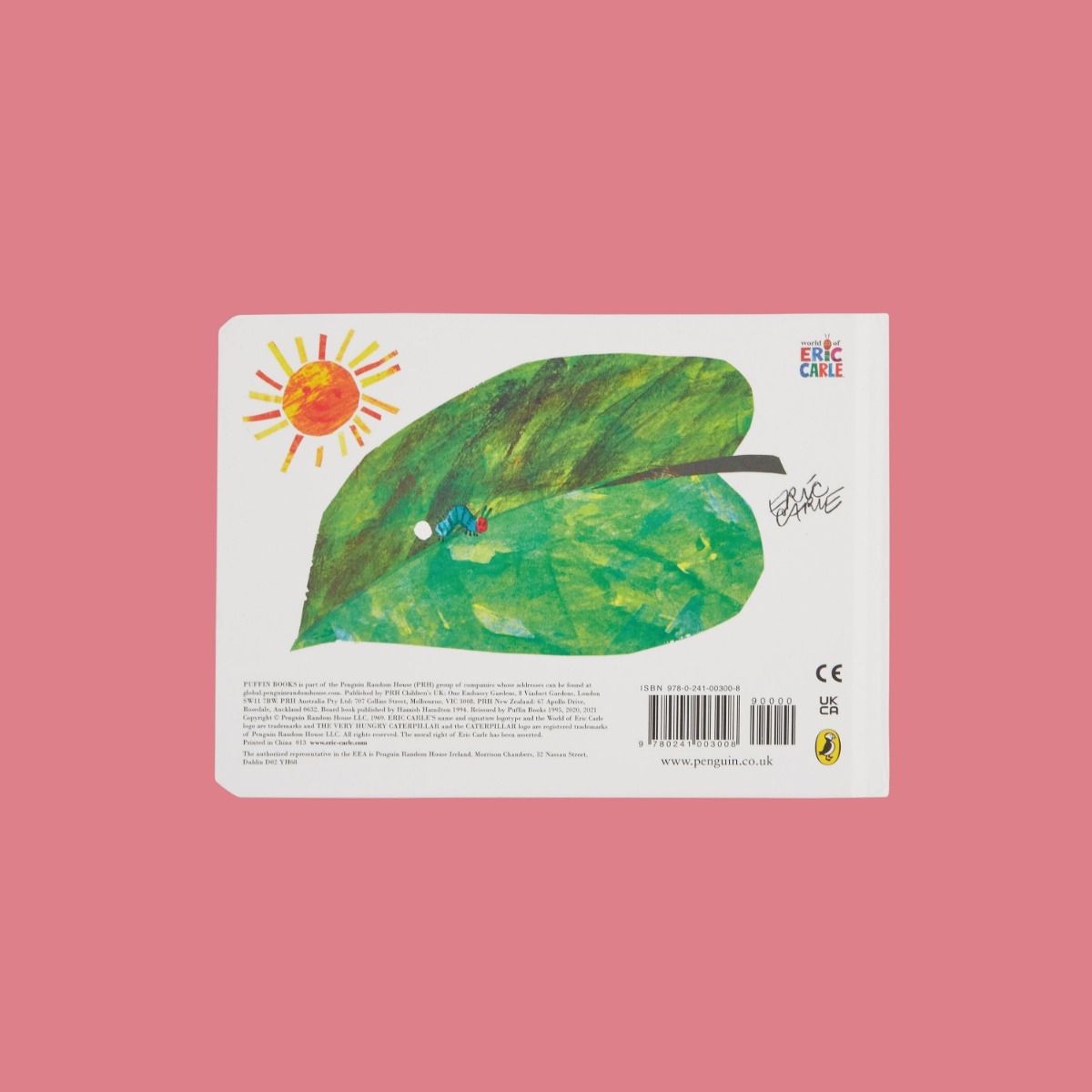
Conclusion
A great children’s book is a tiny, reliable machine for joy. The The Very Hungry Caterpillar Hardback Book delivers color, rhythm, and a life-cycle arc that even the sleepiest brain can follow—and remember. Build a small ritual, ask one smart question, add one hands-on moment, and you’ve turned a classic into your family’s classic. The cocoon opens. The butterfly appears. And bedtime? It finally feels like the soft landing it was meant to be.
Shop The Very Hungry Caterpillar Hardback Book
FAQ
- What age is this best for?
Babies enjoy the colors and cadence; toddlers and preschoolers engage with counting and days of the week; early readers practice sight words and retelling. - How long should a read-aloud take?
Seven to ten minutes is perfect. Do a straight read, then a quick second pass to count and predict. - How can I keep a very active child engaged?
Give a “busy job” (tap holes, count fruit) and let them hold a small felt “caterpillar” to move along the page. - Is this good for early math and literacy?
Yes—built-in counting, sequencing, day-name repetition, and rich vocabulary like “cocoon,” “nibble,” and “butterfly.” - Any simple craft ideas that won’t wreck my kitchen?
Coffee-filter wings, sock cocoon, footprint butterfly keepsake—minimal supplies, maximum pride. - Can I use it in a bilingual household?
Absolutely. Read in your home language, then “picture walk” in English (or vice versa). Translate key nouns and keep the rhythm consistent. - How do I discuss healthy eating without shaming?
Focus on pace and feelings: “Too much too fast made his tummy hurt. Tomorrow he chooses foods that help him feel better.” - How do I store the book so it lasts?
Keep it upright on a low shelf for kid access; avoid stacking heavy toys on top. Wipe little hands before reading and model gentle page turns. - What if my child only wants this book every night?
Lean in! Vary how you read—silly voices, whisper read, “you read the foods, I’ll read the rest.” Familiarity builds confidence. - Any way to capture memories without clutter?
Use a postcard bookmark and jot one monthly quote/date. It turns a beloved book into a tiny time capsule.

